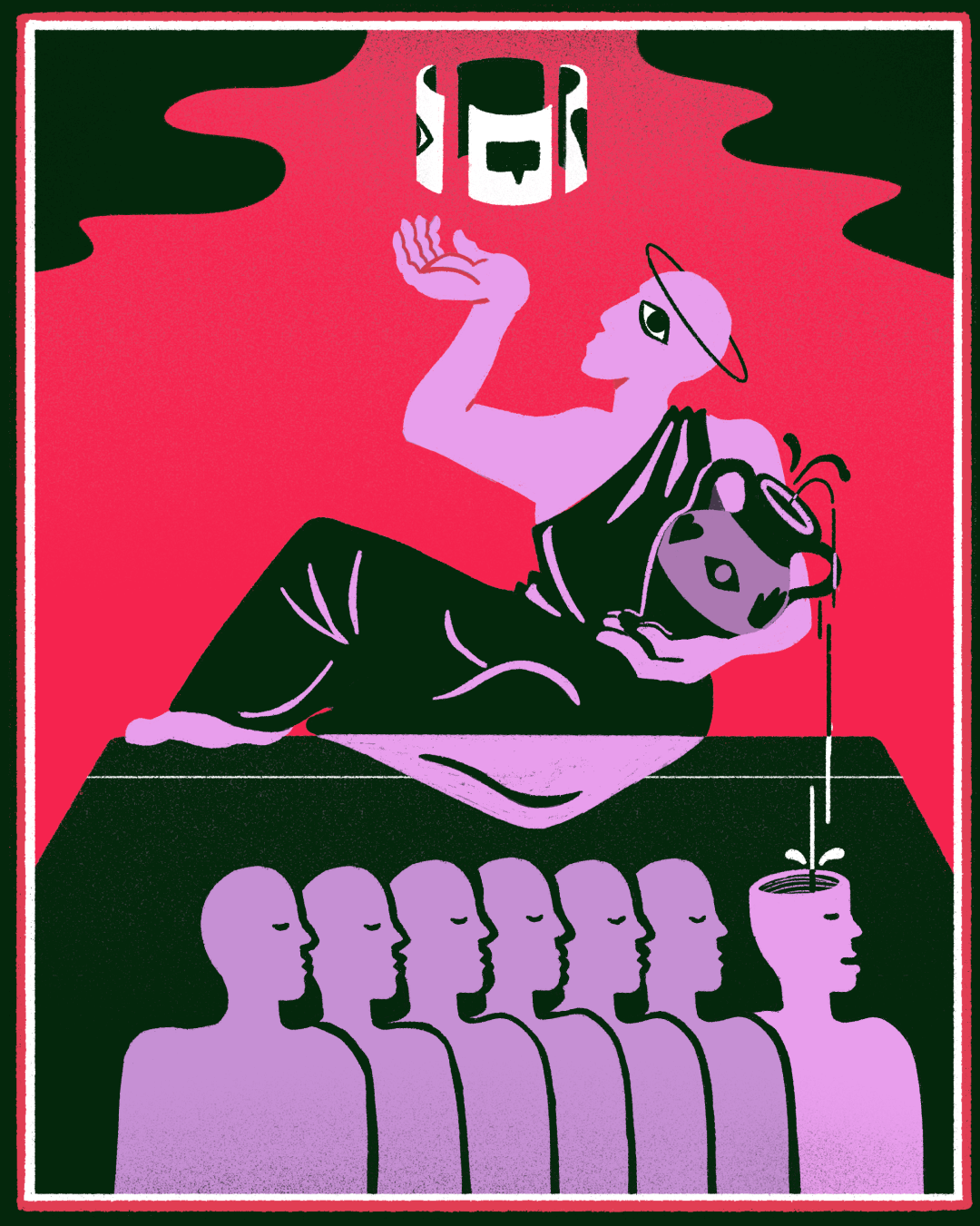Given how important it is to build trust in leaders and brands, and how much more “human” and engaging content will need to be in the era of Gen AI, leading companies should consider having an executive in charge of leader- and brand-based thought leadership content.
Or maybe a Chief Thoughts and Feelings Organizer? Because someone needs to assess the content being produced around the enterprise and make sure that it makes an emotional impact. Advances in brain science have taught us that the emotional side of our brains plays a critical role in decision-making, often overruling the side that emphasizes logic and reason.
Key audiences—whether outside or within a company—are ready to hear directly from leaders about the company’s initiatives, what the vision is, and how they’re going to get there. Ideally, one point person can pull together a portfolio of leaders from around the organization, each representing different “personas” with slightly different areas of expertise, but each laddering up to the same messaging and reflecting the same business priorities in their content.
The Chief Thoughts and Feelings Organizer (OK, maybe the title needs workshopping) can pick those who are most invested in being thought leaders, help them identify their niches, and ensure each piece is hitting the right equilibriums.
The CTFO will balance talents, voices, formats, and channels. She’ll ensure that some people in the portfolio are experimenting with new ways of showing up, in new places, and will track the results. Her overall impact assessments will set the direction and focus for the next quarter or year. And her aim will not be to produce “more” thought leadership content; she’ll marshal her resources to make truly impactful pieces that inspire, inform, and influence the right audiences to take action.

